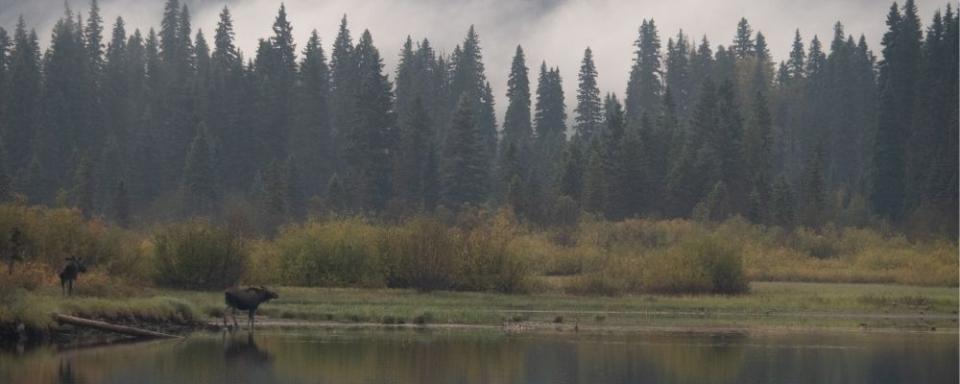Canada's new Census of Environment: A central role for the SEEA EA

Improving the capacity of Canadians to access and use the best possible data to support analysis and decision-making has long been an objective of Canada’s national statistical office, Statistics Canada (StatCan). For decades, StatCan’s efforts at acquiring, curating, integrating and disseminating national and subnational statistics have proven fundamental to governments, businesses and civil society alike; comprehensive databases and expert analysis have provided users with the ability to combine social and economic data to inform a range of important investment and policy decisions across the country. These efforts are now being extended to integrate environmental data—particularly data on complex ecosystems—with information on society and the economy, as a means of improving how Canada responds to global environmental challenges.
In its latest Federal budget, the Government of Canada awarded StatCan with significant funding to address this particular issue on an ongoing basis. The new programme is called the Census of Environment (CofE). As Prime Minister Justin Trudeau stated, “the first-ever Census of the Environment…will increase our knowledge of Canada’s ecosystems, help monitor environmental trends, and promote better decision-making for a nature positive world.” It will be conducted in partnership with Environment and Climate Change Canada, and in collaboration with several key federal departments, academia and non-government organisations. StatCan’s expertise in creating robust time series through data integration and its growing role as a data convener makes it the natural candidate to lead this effort.
The vision for this project involves three main components: First, a comprehensive and regularly updated spatial “pan-Canadian” Register of Ecosystem Assets. Over time this registry will allow improved measurements and monitoring of ecosystem status and trends, and help measure and track ecosystem services and their beneficiaries. Second, the registry will be used to create a full suite of land, freshwater, ocean and ecosystem accounts, integrating the bio-physical environmental data with the vast array of socio-economic information available in StatCan and elsewhere. The third and final component of CofE is the creation of a portal to disseminate this integrated information, including regional profiles as well as other access functions and dashboards to external users at various geographic scales.
This ground-breaking project will be implemented over the next five years. The recent and timely adoption by the UNSC of the SEEA EA earlier this year offers the CofE the conceptual framework to make rapid progress on the development of the registry, accounts and profiles. It opens the door for StatCan to quickly and efficiently improve the coherence and integration of socio-ecological data holdings.
Crucial to the success of this project is the continued extensive collaboration with other government departments, data partners and international stakeholders. The complexity of the links between environmental and socio-economic information, the rapid advancement in data science and knowledge platforms, and the evolution of complimentary initiatives worldwide will be harnessed to bring to national statistical offices around the globe an example of the application of the SEEA EA for policy making in order to make our societies green again.
This article was contributed by Francois Soulard of StatsCan.
Photo by Lesly Derksen for Unsplash
